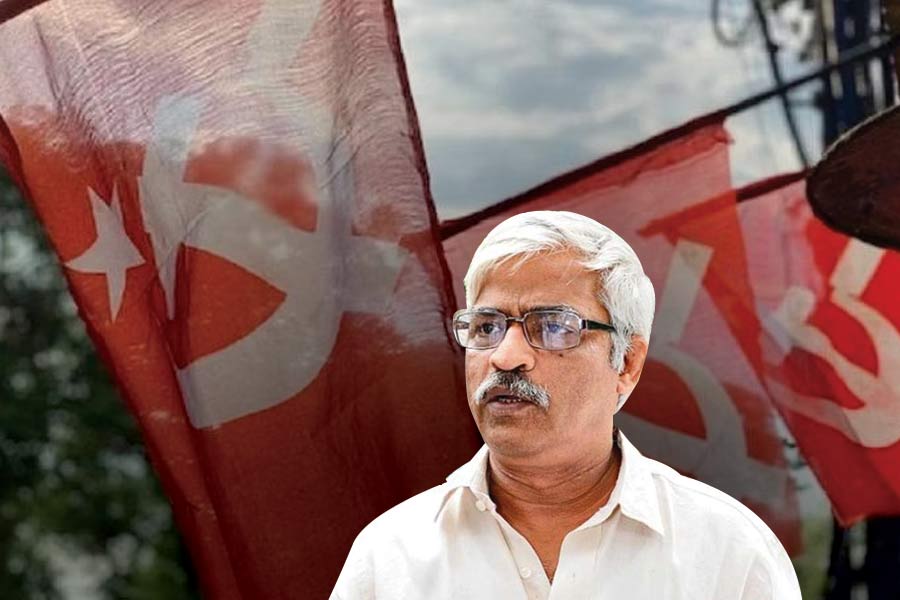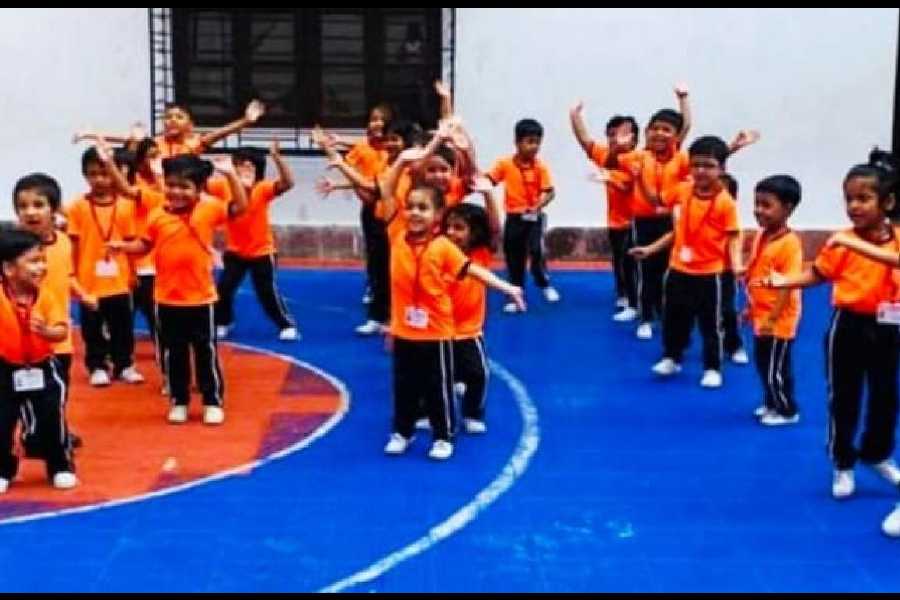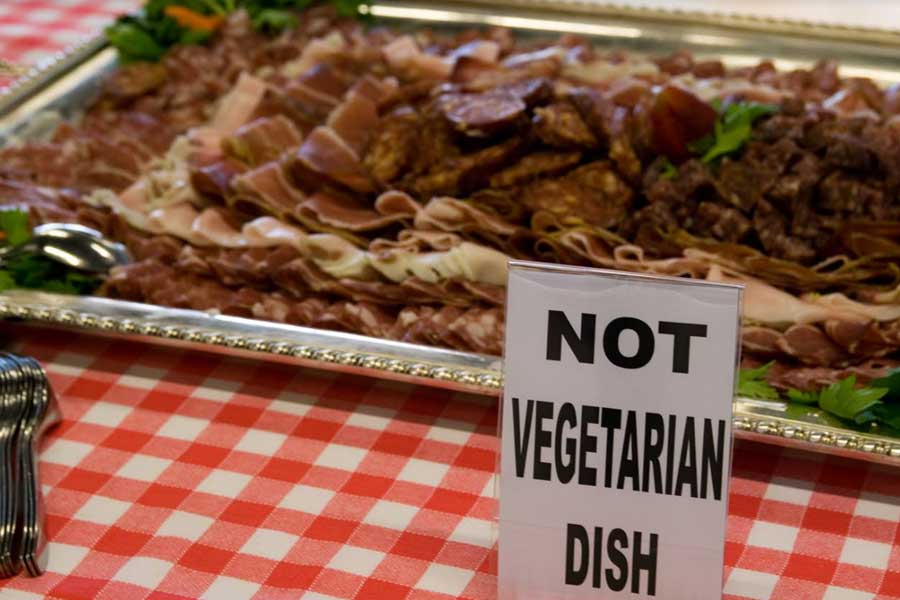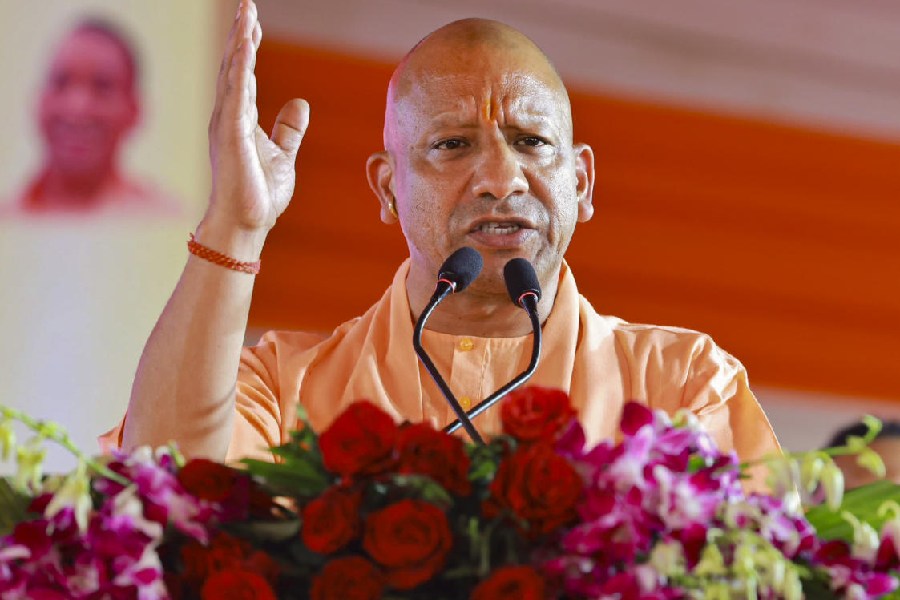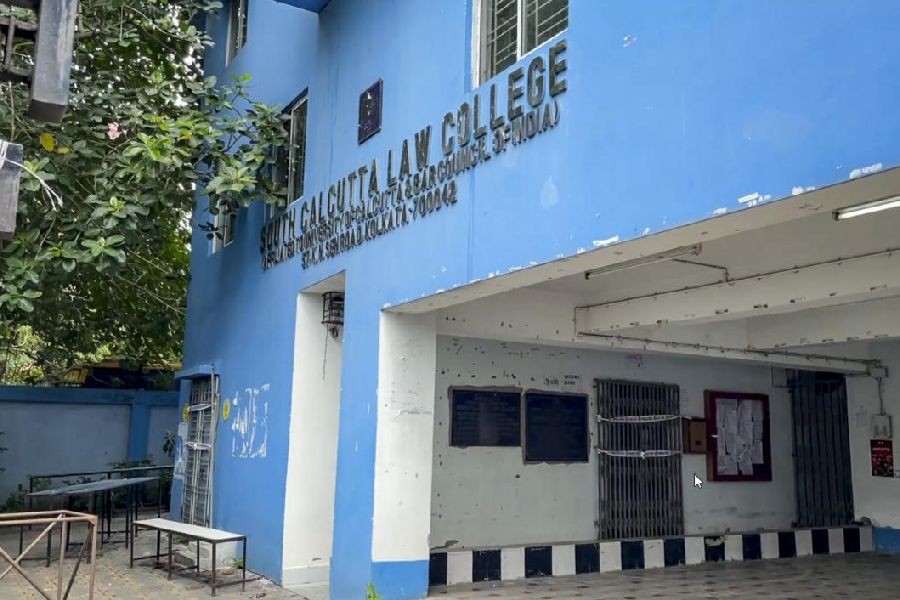|
|
| Man of the masses |
In the blistering mid-April afternoon, the potholed road from Saharsa to Khagaria in north Bihar is deserted. The vegetation on both sides has shrivelled up and the farmland is barren. Nearly 30 kilometres from Saharsa town, near Sonbarsha, the first sign of humanity appears in the form of a canvas tent, pitched hastily in the chapped earth. The loose ends of the tent flap in the wind — a dry gust that whips up eddies of dust and blurs the vision.
Three men, three women and at least ten children sleep inside the makeshift shelter, while four horses, tethered to a bamboo pole nearby, whine listlessly. Hanging from a clothesline, tied to two branches, are dry animal pelts and slivers of lean meat, marinated in rock-salt and red chilli powder. Half-a-dozen mean-eyed mongrels watch over the motley group.
It is a temporary camp of the Nats, an extremely backward caste group, who fall under Annexure 1 of the Constitution. The nomadic group — often dubbed a criminal tribe — ekes out a living by hunting and collecting forest produce. The Nats trace their lineage to the 17th century, when members of the community entertained kings and landlords with rope-tricks and jugglery. The women, adept at singing and dancing, also doubled as courtesans.
But, as many local Dalits and backward caste groups believe, they took to crime when the fiefdoms fell. “We are not criminals by nature, but the grinding poverty has forced some of us to go astray,” defends Govind Ram, the oldest member of the group.
But ask the Nats whether they swear by Laloo bhaiya like the Yadavs and the Muslims, and they clam up. The land and houses promised by Laloo Prasad Yadav in 1999 are yet to materialize and the Nats are gradually losing hope.
Though the around 22,000-strong itinerant group is a part of the Dusadh-Dalit axis — along with other extremely backward caste groups like the Mushahars, Chamars, Doms, Hajams, Gangotars, Macchuas, Kahars, Nishads, Mallyas and so on — they are yet to identify a leader. Most of them do not vote, but the handful who are educated and settled in cities are still in two minds.
Similarly, in the Mushahar villages of Begusarai and Khagaria districts, the mood is one of betrayal. The Dalits and the extremely backward castes, who comprise nearly 30 per cent of the electorate, hold the key to the fate of Bihar and to that of Yadav.
For Yadav, this election is extremely crucial. If he fails to consolidate his backward, Muslim and Dalit base, his party may draw a blank. In the 1999 Lok Sabha poll, the Rashtriya Janata Dal won six seats in undivided Bihar, down from the Janata Dal’s 22 in 1996.
Apprehending this, he has mended fences with one of his most bitter rivals, Ram Vilas Paswan, ending the seven-year face-off between the two. But the Congress, which brokered the truce, was left in the lurch with just four seats. Paswan’s Lok Janshakti Party is contesting in eight constituencies, which have sizeable Dalit voters.
The pact, if spin doctors are to be believed, is a marriage of mutual convenience. Yadav hopes to entice the Dalits back to his party since Paswan, a Dalit, was credited with having swung 7 per cent of the Dalit votes to the National Democratic Alliance in 1999. Paswan, who has been facing a crisis of political identity ever since he parted ways with the NDA, may get a toehold in Delhi if his party manages to win at least three of the six seats.
But this is where the catch lies. How credible will Paswan be to Dalit voters in his new pro-Yadav avatar? The Dalits, especially in Bihar and Uttar Pradesh, are a divided lot.
Paswan’s Dusadh identity may not go down well with the Chamars (cobblers) and Hajams (barbers), prompting them to turn to the Bahujan Samaj Party. This could spell trouble for Yadav, because Paswan and Mayavati have many differences even though both thrive on Dalit votes. Paswan, says a veteran backward caste legislator in Patna, could never mobilize the entire Dusadh community because his sway is limited to his constituency, Hajipur, beyond which he had never bothered to look. “He is a stranger to his men because he has spent the better part of his political life in Delhi,” he said.
The BSP has strategically fielded candidates in all those seats where the LJP is in the fray. The Samajwadi Party and the Communist Party of India, which have a base among the Muslims and extremely backward caste groups, have also been focusing on seats where the RJD’s allies have fielded candidates. The argument is that the Muslim-backward caste electorate, who traditionally support the RJD, will think twice before voting for Yadav’s “friends” and might even have a last-minute change of heart since they do not trust any party but the RJD.
The lack of cohesion among the Dalits and extremely backward castes can be attributed to the economic disparity and the struggle for power among these groups. Despite riding the social justice plank for the past one-and-a-half decades, the pro-Mandal forces have failed to empower the most backward groups. Of the 23 Dalit groups, only the Dushads, Pasis, Chamars and Dhobis have a say in state politics and representatives in the assembly and Parliament. Among them, the Dushads, the group to which Paswan belongs, call the shots. No wonder, the Nats, Mushahars and Chamars have scant regard for the likes of Paswan.
Paswan’s Dusadh identity may work in pockets like Hajipur, Bagha and Arraria — Dusadh and Pasi strongholds — but the RJD-LJP combine will definitely not be able to unify the Yadavs, the backwards and Dalits in the entire state, contrary to projections in the media. Lack of historical maturity will always keep the Yadavs and Dalits apart. “The voting pattern of the Dalit groups largely depend on the community of the candidates. For them, parties are of little relevance. Caste overrides all other considerations,” says the Patna-based Dalit leader and social worker, Kishori Das.
In the late Seventies, when the Mandal movement had just begun to gather momentum, Karpoori Thakur became an acceptable face to the Dalits and forged a unity of sorts among the fractious groups. Jagdeo Prasad, a Koeri leader, herded the Kurmi and Koeris together, raising the famous slogan: “Sau main nabbei hamara (of 100, 90 belongs to us)”. This tenuous unity between the Dalits and backward groups gave an impetus to the Socialist movement and later, the Mandalization of Bihar politics.
But in keeping with the tradition of the politics of self-aggrandizement, the Janata parivar, and later its splinter, the RJD, turned the state into a caste cauldron. The Dalits, barring turncoats like Paswan, were left behind as backward groups like the Yadavs surged ahead.
Hence, what is need now is a broad-based Dalit leadership. Paswan, whose political standing hinged on his strident anti-Yadav stand till a year ago, is definitely not the Dalit icon that the old man on the deserted roadside will identify with.



